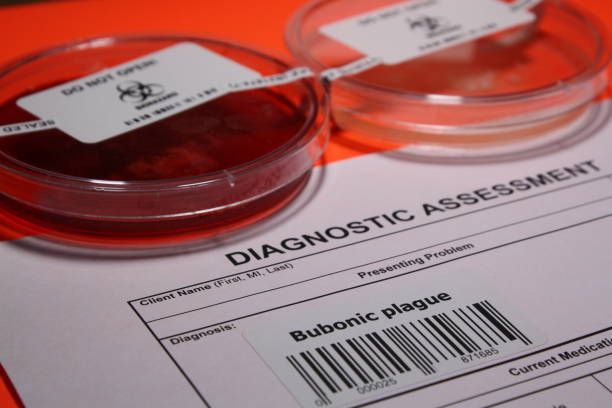Oregon health officials announce that a resident has contracted bubonic plague through cat-to-human transmission. The individual and close contacts have received medication, with health officials stating no broader community risk. The cat received treatment but did not survive the illness.1
According to the Centers for Disease Control and Prevention (CDC), the plague is contracted by humans through a rodent flea bite that carries the bacterium, or by handling an infected animal. The human plague infections occur in rural areas in the western US.
“The incubation period of bubonic plague is usually 2 to 8 days,” according to the CDC. “Patients develop fever, headache, chills, and weakness and one or more swollen, painful lymph nodes (called buboes). This form usually results from the bite of an infected flea. The bacteria multiply in a lymph node near where the bacteria enter the human body. If the patient is not treated with the appropriate antibiotics, the bacteria can spread to other parts of the body.” 2
The primary indicator of bubonic plague is the quick onset of a swollen and tender lymph node, known as a bubo. The detection of a bubo or a confirmed flea bite can lead a physician to suspect plague as the underlying reason for the sickness. The plague can be treated by common antibiotics, and the sooner treatment is given the better chances of full recovery.
Main Takeaways
- A case of bubonic plague in Oregon was transmitted from a sick cat to a human. Both the affected individual and their close contacts received medical treatment. The cat did not survive.
- Key symptoms include fever, headache, chills, weakness, and buboes. The CDC highlights that early treatment with appropriate antibiotics is crucial to prevent severe complications, such as sepsis or pneumonia.
- Prevention strategies focus on reducing exposure to fleas and rodents, implementing flea control for pets, and enhancing personal and environmental hygiene.
Prevention3
- Reduce rodent habitat around your home, workplace, and recreational areas. Remove brush, rock piles, junk, cluttered firewood, and possible rodent food supplies, such as pet and wild animal food. Make your home and outbuildings rodent-proof.
- Wear gloves if you are handling or skinning potentially infected animals to prevent contact between your skin and the plague bacteria. Contact your local health department if you have questions about the disposal of dead animals.
- Use insect repellent if you think you could be exposed to rodent fleas during activities such as camping, hiking, or working outdoors. Products containing DEET can be applied to the skin as well as clothing, and products containing permethrin can be applied to clothing (always follow instructions on the label).
- Keep fleas off your pets by applying flea control products. Animals that roam freely are more likely to meet plague-infected animals or fleas and could bring them into homes. If your pet becomes sick, seek care from a veterinarian as soon as possible.
- Do not allow dogs or cats that roam free in endemic areas to sleep on your bed.
The most frequent initial presentation of bubonic plague involves the formation of a bubo, typically found in the groin, armpit, or neck lymph nodes. These buboes are usually extremely painful, leading to patients being protective over the area and limiting movement around it. Without treatment, the bacterium Yersinia pestis may enter the bloodstream, leading to rapid spread and sepsis. Additionally, if the lungs become infected, pneumonia may ensue.
“Several cases of pneumonic plague in one area would be a public health emergency, prompting CDC to respond immediately, according to CDC. “Additionally, any case of plague outside areas where plague naturally occurs and in people without a history of travel would cause alarm. In a plague emergency, CDC and other federal agencies would work closely with state and local partners to coordinate a response.”4
All in all, the Oregon resident has been properly treated and survived the diagnosis. The CDC is prepared for the rare chance the bubonic plague spreads further and has all the steps in place for conquering the disease.
References
- An Oregon resident was diagnosed with the plague. Here are a few things to know about the illness. AP News. Published February 13, 2024. Accessed February 14, 2024. https://apnews.com/us-news/plague-oregon-general-news-6d5a71b8a45e5e38ec321fd48fdb9576
- CDC. Symptoms of plague. Published November 15, 2021. Accessed February 14, 2024. https://www.cdc.gov/plague/symptoms/index.html
- CDC. Prevention of plague. Published November 27, 2018. Accessed February 14, 2024. https://www.cdc.gov/plague/prevention/index.html
- CDC. Plague resources for clinicians. Published February 25, 2022. Accessed February 14, 2024. https://www.cdc.gov/plague/healthcare/clinicians.html

